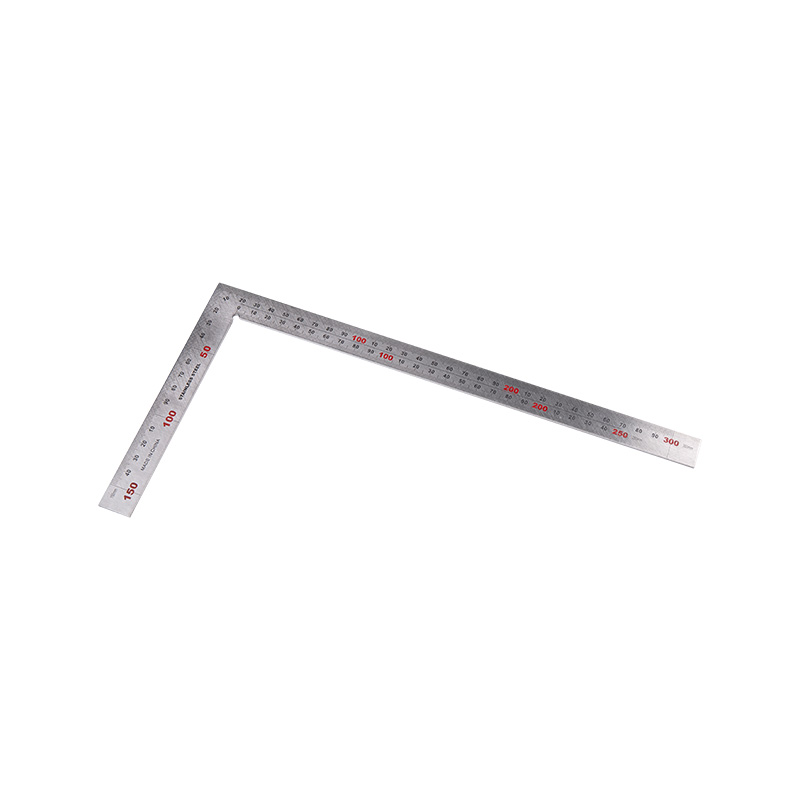Maintaining a framing square is crucial to ensure its longevity and accuracy. Here are some steps to maintain and care for a framing square:
Cleaning: Implement a thorough cleaning regimen after every use to eliminate all traces of debris that might accumulate on the framing square. Utilize a soft-bristled brush or compressed air to dislodge stubborn particles from hard-to-reach crevices. For ingrained dirt or residue, consider using a mild solvent or degreaser specifically formulated for metal tools. Inspect the square meticulously, ensuring that no debris remains lodged in the etched markings or along the edges, as even minor obstructions can compromise accuracy.
Storage: Devote careful consideration to the storage environment of your framing square, as improper conditions can accelerate deterioration and corrosion. Choose a storage area that maintains consistent temperature and humidity levels, ideally within the manufacturer's recommended range. Avoid storing the square in damp or humid locations, such as basements or unheated garages, as prolonged exposure to moisture can foster rust formation. Utilize protective measures such as desiccant packs or moisture-absorbing materials to safeguard against environmental hazards.
Oil or Lubrication: Prioritize the application of a high-quality lubricant or corrosion inhibitor to shield the metal surfaces of the framing square from oxidation and wear. Select a lubricant that offers long-lasting protection without leaving behind sticky residues or attracting dust. Before lubricating, thoroughly clean the square to remove any existing contaminants that might impede proper adhesion. Apply the lubricant sparingly, focusing on friction-prone areas such as the pivot joints and sliding mechanisms, and ensure even distribution using a clean, lint-free cloth.
Checking for Squareness: Establish a systematic protocol for verifying the squareness of your framing square at regular intervals, using precision measurement tools and reference standards to ascertain accuracy. Employ calibrated squares, straightedges, or precision angle gauges to perform comparative assessments and identify deviations from true 90-degree angles. Document measurement discrepancies meticulously, noting the magnitude and location of any deviations observed.
Calibration: Undertake a comprehensive evaluation of the framing square's calibration status using advanced metrological techniques and instrumentation to assess angular deviations and dimensional accuracy. Employ precision measurement tools such as micrometers, dial indicators, or laser alignment devices to quantify discrepancies and ascertain the square's conformity to established standards. Document calibration procedures meticulously, including before-and-after measurements, adjustment methods, and verification tests, to ensure traceability and repeatability.
Avoiding Damage: Cultivate a culture of conscientious handling and proper usage practices to mitigate the risk of physical damage or mechanical failure to the framing square. Educate personnel on the importance of careful handling and storage procedures, emphasizing the vulnerability of precision measuring instruments to impact and mishandling.
Stainless steel framing square




 English
English Español
Español
















